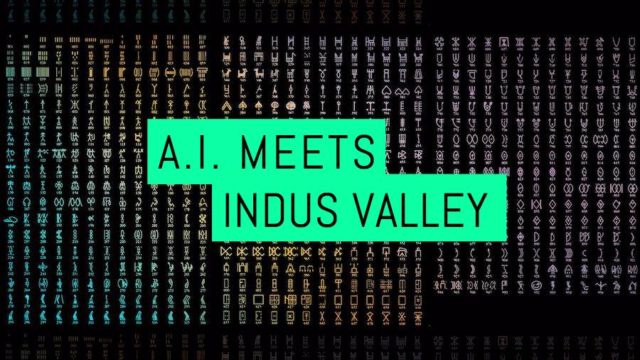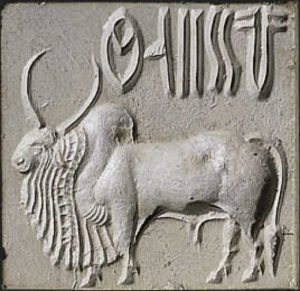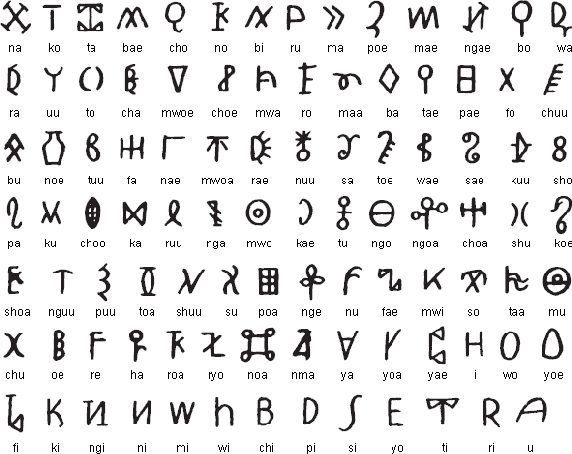
The Indus Script is one of the oldest and least understood writing systems in the world. Recently, researchers have used AI Methods like Markov models to decipher the script and understand it. This may be the beginning of applying AI to understand our past.
he Indus Valley civilisation was one of the oldest civilizations in the world dating back to 3500 BCE. Since its discovery in 1872, in British India, it has come under the limelight of the archaeological world due to its completely preserved cities and artifacts. Being one of the most advanced civilizations of South Asia, they had well-planned cities, well-constructed roads, toilets, advanced water management and drainage systems.
Indus Valley Scripts
The Harappan region of the Indus Valley civilization had a structured form of communication as well as a writing system. Many of these written symbols along with embossed animals have been found in the form of seals.

The seals are unique and inspire many questions — What are these symbols? Are they a script of their language? Are they just some symbols representing Gods or family names? This decades-old befuddling cipher does not seem to have any bilingual texts to compare and translate. Now, researchers have now turned to Artificial Intelligence (AI) to try to figure out the relationship between these symbols and their structure.
Using AI Methods
Every language has a sequential structure. We, humans, try to formalize and order our way of communication. AI Methods are good at learning such patterns and structures. Therefore, the field of applying AI methods to understand the human communication is called “Natural language Processing”.
Researchers, Nisha Yadav from TIFR, and Rajesh Rao from the University of Washington, have used such AI Methods to discover the hidden structure of the Indus Scripts. Their method is similar to how Google’s Autocomplete works.

In most linguistic systems, words or symbols follow each other in a semi-predictable manner. Researchers call this semi-predictability conditional entropy. They tried to use models called as Markov Models to find the probability of a symbol occurring after a set of symbols. For example, in a word, ‘Q’ is very frequently followed by ‘u’ in English language.

The researchers compared similar relations in linguistic systems like Vedic Sanskrit and non-linguistic systems like DNA sequence. They found that the structure of the Indus script was much more similar to linguistic systems. They intend to use this to complete missing inscriptions and further understand it. Other researchers have used image processing techniques to identify known Indus scripts from images for helping archaeologists to easily analyse them.
But, some speculations regarding a structured writing system does not necessarily mean that it is a language script. However, they all seem to agree that new discoveries and cooperation amongst interdisciplinary researchers can lead to the further understanding of the Indus script.
What are your views on this and the Indus valley civilization? Can AI completely figure it out? Share your thoughts in the comments.

Comments
Post a Comment